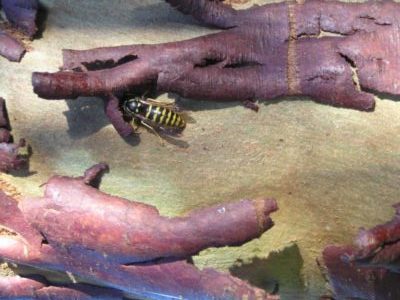The bark
After a few years, the adult tree emits its old bark every year, creating the beautiful contrasting colours that you see, for example, in a plane, such as eucalyptus debeuzevillei and eucalyptus niphophila. However, each species does this in its own way, sometimes the bark falls into strips and in another you see, for example, a more flaking way of molting.
This is partly caused by the tree growing so fast but an additional advantage of this is that the tree remains healthy and parasites, mosses and fungi do not have a chance to settle on the tree.
The leaves
Most eucalyptuss have two types of leaves. At the youth stage they usually have round leaves but when the tree matures change in many species the leaves turn to narrow and sickle-shaped. If a tree is regularly pruned and kept small, most species will retain their youth leaf and create a more bushy shape. All species have their own distinctive shape, colour and smell in terms of their leaves
The smell of different types of eucalyptus varies from species to species and is released especially when the leaves are bruised. There are also a number of species that do not have fragrant leaves, this is mainly due to the high concentration of tanned acid which makes them feel a bit leathery. These species are ideal for planting in places where it blows a lot because they are less prone to drying out.


